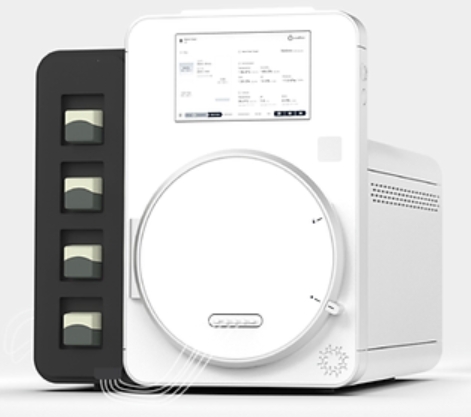
Butterfly Network’s ultrasound-on-a-chip technology wins the FDA nod for 13 applications.
The pocket-size transducer plugs into an iPhone, would expand the availability of diagnostic ultrasound imaging.
The company statement says, “Butterfly Network’s iQ device uses its ultrasound-on-a-chip technology, which integrates the capabilities of the three typical ultrasound probes into a single 2D matrix array comprised of thousands of microelectromechanical systems.”
Unlike traditional cart-based ultrasound machines that comprise at least three transducers and are bulky making them hard to get hold of or maneuver in the emergency room, this array is overlaid on an integrated circuit with electronics like those found in high-performance ultrasound systems.
A physician uses the hand-held device to scan a patient’s body and sees the imaging on an iPhone. Because the iQ system combines three transducers in one, the physician does not need to switch out transducers to conduct imaging on a different part of the body, saving valuable time. The images are then sent to the cloud for storage.
Jonathan Rothberg, CEO and founder, Butterfly said, "Butterfly's Ultrasound-on-a-Chip technology enables a low-cost window into the human body, making high-quality diagnostic imaging accessible to anyone. Two-thirds of the world's population has no access to medical imaging and today our team is doing something about it. And they are just getting started."
Butterfly’s iQ is cleared for diagnostic imaging in 13 clinical applications, including musculoskeletal, cardiac and peripheral vessel applications. The device is priced at less than $2,000 and Butterfly will begin shipping systems in 2018.
John Martin, M.D., Butterfly’s chief medical officer said, "By removing the barrier of price, I expect Butterfly to ultimately replace the stethoscope in the daily practice of medicine. We can now provide a diagnostic system to address the millions of children that die of pneumonia each year and the hundreds of thousands of women that die in childbirth, and these are just two examples of the impact this technology will have.”




